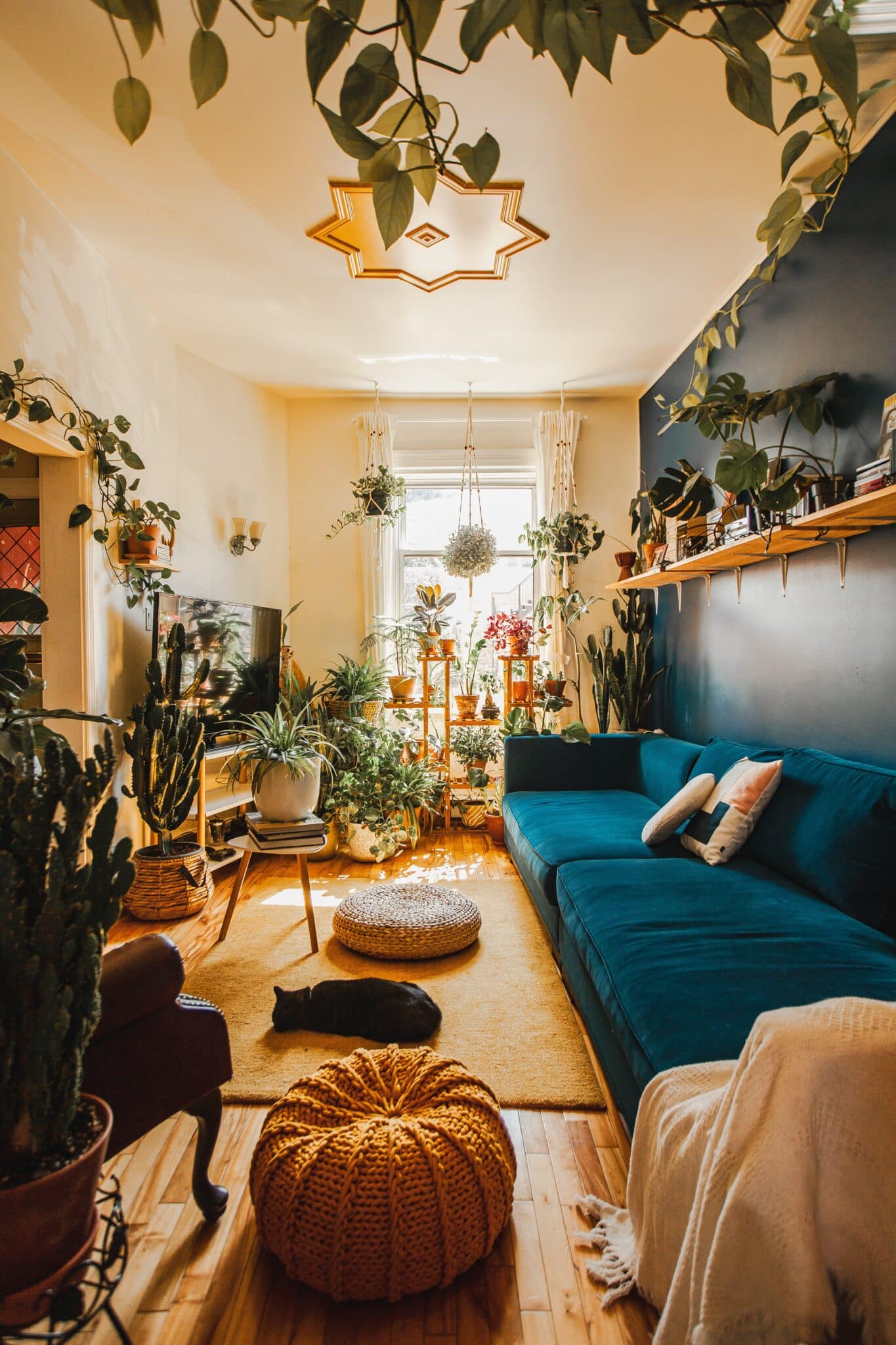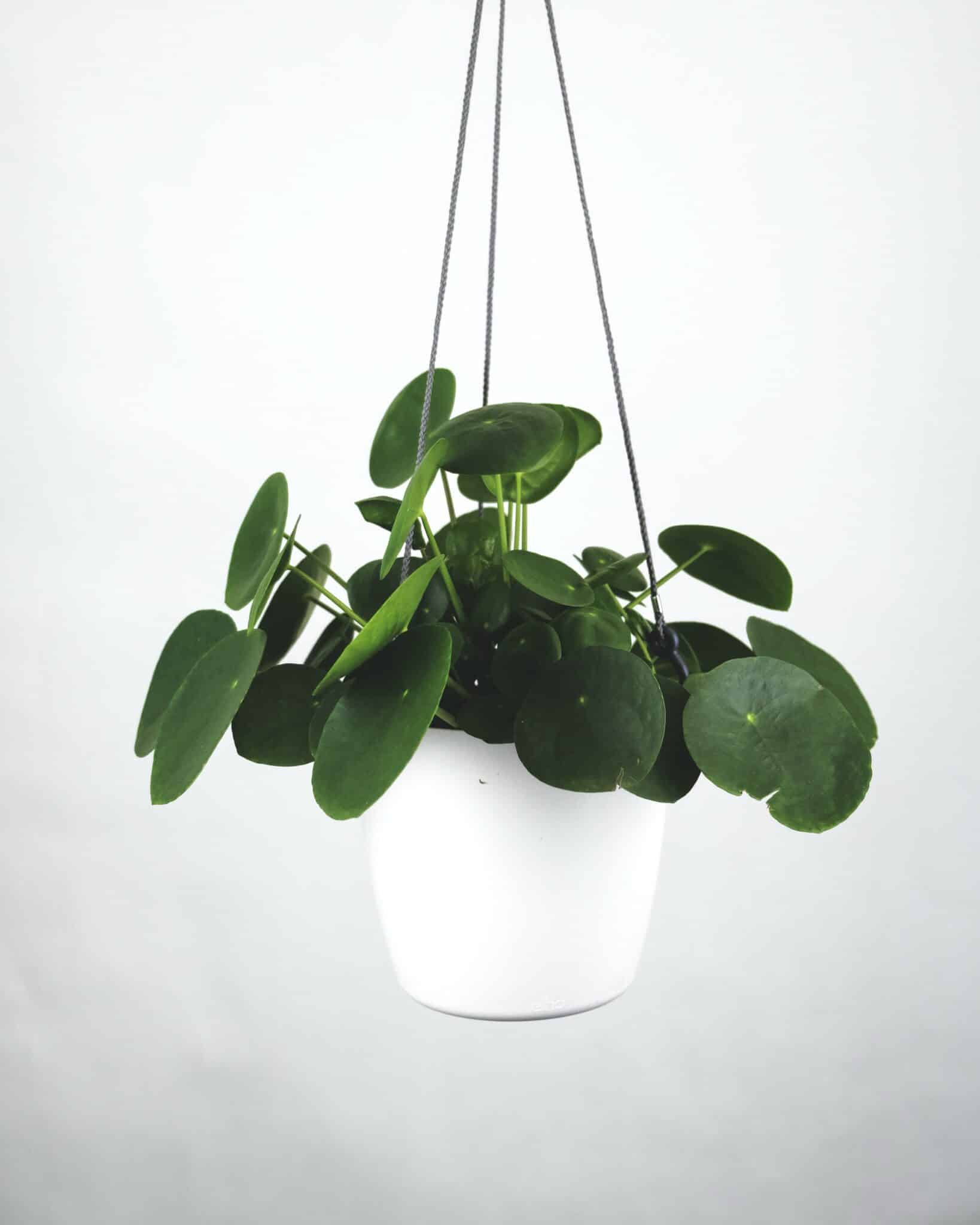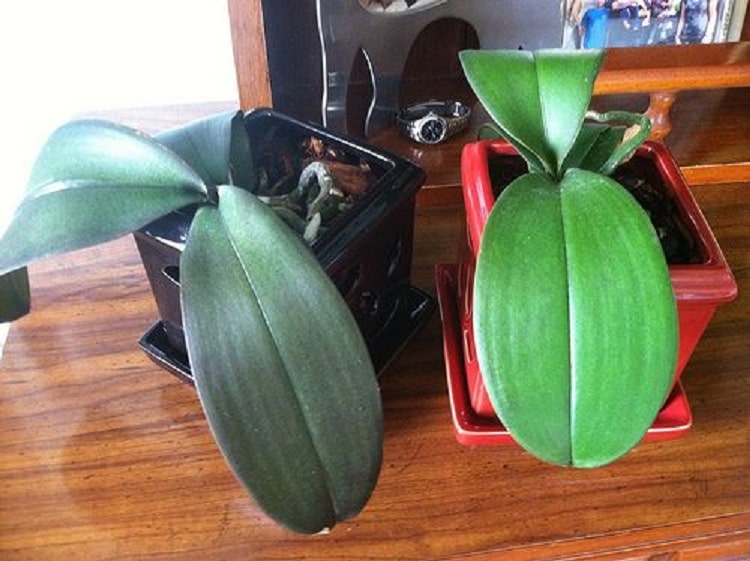Ready to bring some life and greenery into your home? Look no further than “The Ultimate Guide About How To Set Indoor Plants.” This article is your go-to resource for everything you need to know about creating a vibrant and thriving indoor plant oasis. From choosing the perfect plants for your space to providing the right care and maintenance, we’ve got you covered. Get ready to transform your home into a plant lover’s paradise and enjoy the numerous benefits that indoor plants bring to your well-being. So, grab your gardening gloves and get ready to dive into the wonderful world of indoor plants!

Understanding the Importance of Indoor Plants
Boosting mood and productivity
Indoor plants not only add beauty to your living spaces but also have a positive impact on your mood and productivity. Research has shown that being around plants can reduce stress, improve concentration, and enhance well-being. The presence of greenery indoors can create a sense of calm and tranquility, boosting your mood and increasing your productivity.
Improving air quality
One of the major benefits of indoor plants is their ability to purify the air by removing toxins and releasing oxygen. Plants absorb carbon dioxide and various harmful pollutants from the air, such as formaldehyde and benzene, commonly found in household products. By improving air quality, indoor plants can help reduce respiratory issues, allergies, and improve overall health.
Aesthetic value and interior enhancement
Indoor plants add a touch of nature and bring life to any space. They can transform a dull room into a lush and inviting haven. From vibrant flowers to lush foliage, there are various types of indoor plants available to suit different aesthetic preferences. Whether placed on a shelf, hung from the ceiling, or displayed in a decorative pot, indoor plants can enhance the interior design of your home or office and create a visually appealing atmosphere.
Choosing the Right Indoor Plants
Common types of indoor plants
When choosing indoor plants, it’s important to consider their suitability for the indoors. Some common types of indoor plants include spider plants, pothos, snake plants, peace lilies, and ZZ plants. These plants are known for their ability to thrive in indoor environments and require minimal care.
Plants suited for low light
Not all indoor spaces receive ample natural light, but that doesn’t mean you can’t have plants. Many varieties of indoor plants can thrive in low light conditions, such as Chinese evergreen, dracaena, and cast iron plant. These plants have adapted to survive in shady areas and can bring life to even the darkest corners of your home.
Plants requiring minimal care
If you’re a beginner or someone with a busy lifestyle, choosing plants requiring minimal care is best. Some examples of low-maintenance indoor plants include succulents, cacti, and the spider plant. These plants are known for tolerating inconsistent watering and require less attention than other varieties.
Air-purifying plants
To further enhance the air quality in your home, consider selecting air-purifying plants. Some commonly recommended air-purifying plants include the snake plant, peace lily, spider plant, and aloe vera. These plants add beauty to your space and actively filter and remove toxins from the air, creating a healthier living environment.
Pet-friendly indoor plants
For households with pets, it’s essential to choose indoor plants that are safe for your furry friends. Some pet-friendly indoor plants include Boston fern, bamboo palm, and areca palm. However, it’s important to research specific plants and ensure they are non-toxic to your pets before bringing them into your home.

Selecting the Optimal Location for Your Plants
Access to natural light
Most indoor plants require some access to natural light to thrive. When choosing the location for your plants, consider the amount of sunlight the area receives throughout the day. South-facing windows generally provide the brightest light, while east or west-facing windows offer moderate light. North-facing windows or areas away from windows might have low light conditions, necessitating the use of low-light plants.
Temperature and humidity considerations
Different plants have different temperature and humidity requirements. Before placing your plants, consider the temperature and humidity levels of the room. Some plants prefer warmer temperatures, while others thrive in cooler conditions. Additionally, certain plants, such as tropical varieties, thrive in high-humidity environments, while others, like succulents, prefer drier conditions.
Avoiding drafty areas
It’s important to avoid placing your plants in drafty areas where they can be exposed to cold or hot air currents. Drafts can lead to temperature fluctuations, which may harm your plants. Also, drafts can cause the soil to dry out faster, increasing watering needs. Choose a location away from doors, windows, or vents that may create drafts to ensure your plants remain healthy.
Proximity to heating or cooling devices
Take note of the placement of heating or cooling devices such as radiators, vents, or air conditioning units. These appliances can create dry or hot air, which may not be suitable for all plants. Avoid placing your plants directly above or next to such devices to prevent them from drying out or experiencing extreme temperature fluctuations.
how to set indoor plants – Proper Plant Placement
Coordination with room decor
When placing your indoor plants, consider the overall aesthetics and coordination with your room decor. Choose plants that complement the color scheme and style of your space. Consider the size and shape of your plants in relation to other decorative elements in the room. You can create a cohesive and visually pleasing atmosphere by carefully curating your plant selection and placement.
Forest effect arrangement
To achieve a lush, forest-like feel when learning how to set indoor plants, embrace the forest effect by grouping varied-height and textured plants. Create an organic, captivating display with tall, medium, and trailing plants in harmonious clusters.
Utilizing shelves and stands
Use shelves or stands to display your plants if you have limited floor space. This helps maximize the use of vertical space and adds an interesting visual element to your decor. Choose aesthetically pleasing shelves or stands that complement your room’s style and arrange your plants at different heights for a balanced, eye-catching display.
Hanging and trailing plant options
Hanging or trailing plants can add a touch of elegance and drama to your space. Consider hanging plants from the ceiling or placing them on high shelves to create an eye-catching display. Trailing plants, such as pothos or ivy, can be placed on top of cabinets or shelves, allowing their foliage to cascade downward gracefully.

Understanding Plant Care Basics
Watering requirements
Proper watering is crucial for the health and growth of your indoor plants. Different plants have varying watering needs, so it’s important to research and understand the specific requirements of each plant. Generally, most indoor plants prefer to be watered when the top inch of soil feels dry to the touch. Avoid overwatering, as it can lead to root rot, and underwatering, which can cause the plants to wilt or dry out.
Soil and fertilization
Choosing the right soil and providing proper nutrition is essential for the well-being of your indoor plants. Use a well-draining potting mix specifically formulated for indoor plants. Regularly fertilize your plants with a balanced liquid fertilizer to provide essential nutrients for growth. Follow the instructions on the fertilizer packaging, as overfertilizing can harm your plants.
Pruning and grooming
Regular pruning and grooming help maintain the shape and health of your indoor plants. Remove any dead or yellowing leaves, as they can attract pests or indicate an underlying issue. Trim long stems and remove any leggy growth to encourage bushier and healthier plants. Additionally, remove any dried flowers or spent blooms to divert energy towards new growth.
Dealing with pests and diseases
Indoor plants can occasionally encounter pests or diseases that can hinder their growth. Monitor your plants regularly for signs of pests, such as aphids or spider mites, and treat them promptly with appropriate insecticides or natural remedies. In case of diseases, such as fungal infections, isolate the affected plant and consider fungicidal treatments or consult with a plant specialist for guidance.
Creating the Right Environment
Balancing humidity and temperature
Maintaining proper humidity and temperature levels is crucial for indoor plants’ overall health and well-being. Most indoor plants prefer a moderate humidity level between 40-60%. To increase humidity, you can use a humidifier, place water tray near your plants, or group plants together to create a microclimate. Similarly, aim to keep the temperature within the optimal range for your plants, as extreme temperatures can negatively affect their growth.
Using growth lights for low light areas
In spaces lacking natural light, set indoor plants up for success by incorporating artificial growth lights. Opt for efficient LED grow lights, adjusting them to match the ideal light spectrum for plant growth. Ensure proper placement to mimic sunlight and foster thriving plants.
Choosing the right pot size and material
Selecting the correct pot size and material is essential for the health and growth of your indoor plants. Choose pots that have drainage holes to allow excess water to escape, preventing overwatering and root rot. The pot size should provide enough space for the plant’s roots to grow, but not be excessively large as it can lead to waterlogged soil. Additionally, consider using pots made of breathable materials like terra cotta or fabric, as they allow for better airflow and prevent waterlogging.
Repotting Your Indoor Plants
Knowing when to repot
Repotting is necessary when your indoor plants outgrow their current pots or the soil becomes compacted and waterlogged. Signs that your plants may need repotting include roots visibly protruding from the drainage holes, slow growth, or yellowing leaves. Carefully check the plant’s roots, and if they appear tangled or tightly packed, it’s time to repot.
Choosing the correct pot size
When repotting, select a pot that is one size larger to allow for the plant’s continued growth. Avoid choosing a pot that is too large, as excessive soil can retain moisture and lead to root rot. Use a high-quality potting mix that provides adequate drainage and nutrients to promote healthy root development.
Step-by-step repotting guide
- Prepare the new pot by adding a layer of fresh potting mix at the bottom.
- Gently remove the plant from its current pot, taking care not to damage the roots.
- Loosen any compacted soil around the roots and trim any damaged or excessively long roots.
- Place the plant in the new pot, ensuring it is centered and at the appropriate height.
- Add fresh potting mix, gradually filling the space around the roots, ensuring there are no air pockets.
- Firmly press the soil to secure the plant in place.
- Water the newly repotted plant thoroughly and place it in an appropriate location with optimal lighting and temperature conditions.
Rotation and Seasonal Transition
Why rotate your plants
Rotating your indoor plants periodically helps promote balanced growth and prevents them from leaning towards a light source. By rotating your plants, you ensure that all sides receive equal exposure to sunlight, allowing for even growth and preventing the plant from bending or becoming lopsided. Additionally, rotating your plants encourages fuller foliage and can help prevent issues such as stem elongation.
How to rotate your plants
To rotate your indoor plants, gently turn the pots a quarter or half turn every week or every other week. This ensures that each side of the plant receives an equal amount of light, promoting uniform growth. Keep track of the direction of the light source and adjust the rotation accordingly to maintain balanced development.
Season transition care for indoor plants
As seasons change, so do the environmental conditions that affect your indoor plants. During colder months, it’s important to protect your plants from drafts and cold air that can harm them. Consider moving them away from windows or using insulating materials around the pots to maintain stable temperatures. In warmer months, monitor humidity levels and water requirements, as higher temperatures and increased air circulation can lead to faster evaporation and drying out of the soil.
Troubleshooting Common Indoor Plant Problems
Yellowing leaves
Yellowing leaves can indicate a variety of issues, such as overwatering, underwatering, nutrient deficiencies, or pests. Assess the watering habits of your plant, adjust accordingly, and ensure proper drainage. Consider fertilizing your plant with a balanced fertilizer to address nutrient deficiencies. If pests are present, take appropriate measures to eliminate them.
Drooping or wilting
Drooping or wilting leaves usually indicate water-related issues. Check the soil’s moisture level and adjust your watering routine if necessary. Underwatering or overwatering can both cause drooping or wilting. Additionally, consider the humidity level and temperature, as extreme fluctuations can also lead to drooping foliage. Adjust the humidity and temperature accordingly to revive your plant.
Brown or crispy leaves
Brown or crispy leaves often indicate underwatering, low humidity, excessive direct sunlight, or nutrient deficiencies. Ensure that your watering routine provides enough moisture for your plant. Increase humidity levels by misting the leaves or using a humidifier. Move your plant away from direct sunlight if it appears to be causing leaf burn. Consider fertilizing with a suitable plant food to address nutrient deficiencies.
Root rot
Root rot occurs when your plant’s roots become waterlogged and start to decay. This is usually caused by overwatering or inadequate drainage. To address root rot, carefully remove the affected plant from the pot, trim off any rotting roots, and repot the plant in fresh, well-draining soil. Adjust your watering routine to prevent overwatering and ensure proper drainage.
Maintaining Your Indoor Plant Garden
Creating a watering and fertilizing schedule
Establish a watering and fertilising schedule to ensure consistent care for your indoor plants. Take note of each plant’s specific needs and adjust the frequency accordingly. Keep track of the soil’s moisture level to avoid overwatering or underwatering. Similarly, adhere to the recommended fertilization schedule, giving your plants the nutrients for healthy growth.
Cleaning your plants
Periodically cleaning indoor plants helps remove dust, dirt, and debris hindering their growth. Wipe the leaves gently with a damp cloth or use a plant-safe insecticidal soap to clean larger plants. For smaller plants, consider placing them in a sink or shower and gently rinsing them with lukewarm water. Avoid cold or hot water, as extreme temperatures can shock the plant.
Monitoring plant health and growth
Consistently monitor the health and growth of your indoor plants to detect any signs of distress or issues. Regularly inspect the leaves for discoloration, pests, or abnormalities. Check the soil’s moisture level and adjust watering accordingly. Keep an eye on the general appearance of your plants, noting any changes in growth patterns or overall vitality. Promptly address any concerns to maintain a thriving indoor plant garden.
By understanding the importance of indoor plants, selecting the right varieties, providing optimal conditions, and maintaining proper care, you can create a beautiful and healthy indoor plant garden. Enjoy the benefits of improved mood, purified air, and aesthetically pleasing surroundings as you cultivate your green oasis. With a little dedication and some green thumbs, you can transform your indoor space into a thriving haven of nature and serenity.



